Dead Men with Ideas
Name in Stone
Apollonius of Perga isn’t just a name carved in the dust of time—it’s a key to hacking the very structure of the universe. Born around 262 BCE in Perga, in Pamphylia (now Antalya, Turkey), where the heat and sea whispered of eternity, this man was more than a mathematician, astronomer, and geometer—he was an architect of ideas that outlived empires, wars, and oblivion. His magnum opus, Conic Sections, isn’t a book; it’s a blueprint of the cosmos, written in the language of curves that still dictate the trajectories of rockets and planetary orbits. Apollonius was the one who took a simple cone and made it reveal how the world works.
His scientific work was a revolution disguised as geometry. In Conic Sections, a treatise of eight books (seven of which survive), Apollonius systematized the study of parabolas, ellipses, and hyperbolas. He demonstrated that these curves aren’t just abstract lines but universal forms, obtained by slicing a cone with a plane at different angles. This wasn’t a mere mathematical trick—it was a breakthrough that reshaped how we describe motion and space. He coined the terms “parabola,” “ellipse,” and “hyperbola,” based on their geometric properties relative to foci and directrices. His work foreshadowed analytic geometry, which only emerged in the 17th century through Descartes and Fermat.
Apollonius didn’t stop at conic sections. He authored several other treatises, most of which are lost, but their influence echoes in later mathematicians’ works. For instance, De Rationis Sectione explored proportions and their applications in geometry, while On Tangencies (De Tactionibus) tackled problems of finding circles tangent to given lines or other circles—problems we’d now call optimization challenges. His astronomical studies, though only mentioned in passing, suggested that the orbits of celestial bodies could be described by conic sections, anticipating Kepler’s discoveries.
His approach was systematic and universal. In Conic Sections, he didn’t just describe curves—he developed their properties: foci, directrices, eccentricity. For example, he proved that for a parabola, the distance from any point to the focus equals the distance to the directrix—a property now fundamental to designing parabolic antennas. For an ellipse, he showed that the sum of the distances from two foci is constant, a principle Kepler later used to describe planetary orbits. The hyperbola, with its diverging branches, became a model for trajectories escaping to infinity. These discoveries weren’t just mathematical—they became the language through which the universe speaks to us.
Apollonius worked in Alexandria, the intellectual hub of the Hellenistic world. There, among the scrolls of the Alexandrian Library, he likely debated with Eratosthenes about the size of the Earth or discussed Archimedes’ mechanics with colleagues. His works were so complex that even in antiquity, few could grasp them. Pappus of Alexandria, a 4th-century mathematician, called him the “Great Geometer,” and his texts were translated into Arabic during the Middle Ages, preservedávamos by scholars like Ibn al-Haytham. Apollonius didn’t just solve problems—he created tools that, centuries later, Newton used for his laws of gravitation and SpaceX for calculating orbits.
He was more than a scientist; he was a visionary whose ideas were ahead of their time. His curves aren’t just lines—they’re trajectories guiding humanity to the stars. He didn’t build temples, wage wars, or seek fame. He simply took sand, a stick, and a cone—and rewrote the rules of the game.
Dust of Biography
Picture this: Apollonius sits under the scorching sun of Perga, chewing on dates and scratching curves in the dust—curves that, two millennia later, will send satellites to Mars. He doesn’t care about the wars of the Diadochi or the shouts of merchants in the agora. He’s a reality hacker who cracked the cone and made it spill its secrets. In Alexandria, he drank wine with bearded philosophers, laughed at Euclid’s flat ideas, and wrote code for the universe. His life isn’t a biography—it’s a glitch in the matrix: a kid from the boonies accidentally wrote an algorithm that still runs.
But what if he wasn’t just a geometer? Maybe Apollonius was the first punk scientist, spitting on dogma and saying, “The cone isn’t just a shape—it’s a portal to infinity.” His nights in the library weren’t about reading—they were rituals, summoning parabolas like demons and making them sing of the stars. He didn’t die—he just went offline, leaving us the source code we’re still trying to compile.
Ideas That Haunt Us
Apollonius didn’t just draw curves—he showed that reality can be sliced open to reveal order. His Conic Sections is a manifesto: a parabola is the trajectory of a bullet that never hits its mark; an ellipse is the loop we’re stuck in, orbiting our stars; a hyperbola is an escape to infinity where questions drown in the void. His philosophy is a challenge: if you can slice a cone, you can slice chaos. His math isn’t about numbers—it’s a weapon against entropy.
He foresaw Kepler, Newton, even dreams of interstellar travel. But Apollonius was a cynic: he knew his curves would outlive empires and gods. His ideas are a virus that infected science, making us believe the universe is an equation. Yet the more we solve his formulas, the deeper we sink into paradox: what if his curves aren’t answers but traps we can’t escape?
Shadows at the Edge of Reason
Apollonius is the shadow behind every satellite, every orbit, every algorithm building 3D models. Without his conic sections, there’d be no GPS, no telescopes, no plans to colonize Mars. But he’s not just for engineers. He’s a symbol of obsession—taking a simple idea (a cone!) and turning it into a weapon against chaos. In a world drowning in data, Apollonius reminds us: order is possible, but it demands blood and sweat. His curves are the code reality is written in, and we’re still fumbling with his debugger.
How Did We Get Here?
Perga, Apollonius’ hometown, still stands in Turkey, 15 km from Antalya. These ruins are where time froze, like a curve he once drew. The theater, stadium, agora, and Hadrian’s gates—they’re all props for a movie no one made. Apollonius isn’t there—not in statues, not in inscriptions. His monument is in the elliptical orbits and parabolic rocket paths.
How to Get There: Fly into Antalya Airport (AYT), then take a taxi or rent a car (about 20 minutes, 15–20 km along the D400 highway). Buses from central Antalya to Aksu (the nearest town) run regularly; from there, it’s a 2 km walk or a short taxi ride to the ruins. Entry to the archaeological site costs around 15 euros (as of 2025—check current prices).
What to Bring: Comfortable shoes (stones and dust everywhere), water (Pamphylian heat is brutal), sunscreen, and a hat. Bring a smartphone with an AR app to overlay an image of Apollonius drawing his curves on the ruins. If you’re a romantic, pack a copy of Conic Sections (even a PDF)—reading equations among Perga’s ruins is like hacking time.
Tip: Visit in the morning to avoid crowds and heat. After Perga (if you have time), you can visit the Antalya Museum, which houses artifacts from Perga—check it out to see how the people who knew Apollonius lived. But his spirit is in the equations, not the stones. Open a geometry textbook or look at the stars—he’s there, in the trajectories of light.
#VoiceOfRuins, #DeadMenWithIdeas, #ApolloniusOfPerga, #ConicSections, #Geometry, #Hellenism, #Pamphylia, #Cosmos, #Mathematics, #Philosophy, #PostIrony, #Antalya, #Archaeology.


Our Telegram-channel: Voice Of Ruins https://t.me/Voice_Of_Ruins
Our Instagram: Voice Of Ruins https://www.instagram.com/voiceofruins/
Our group on Facebook: Voice Of Ruins https://www.facebook.com/share/g/16aitn9utM/ Our site: Voice Of Ruins https://www.voiceofruins.org

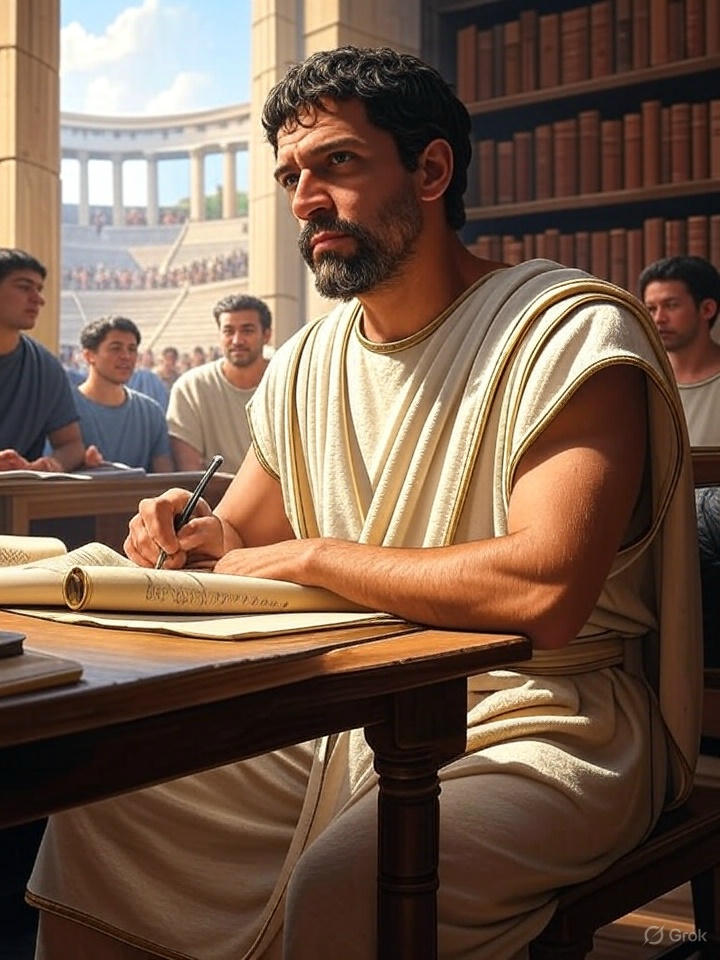
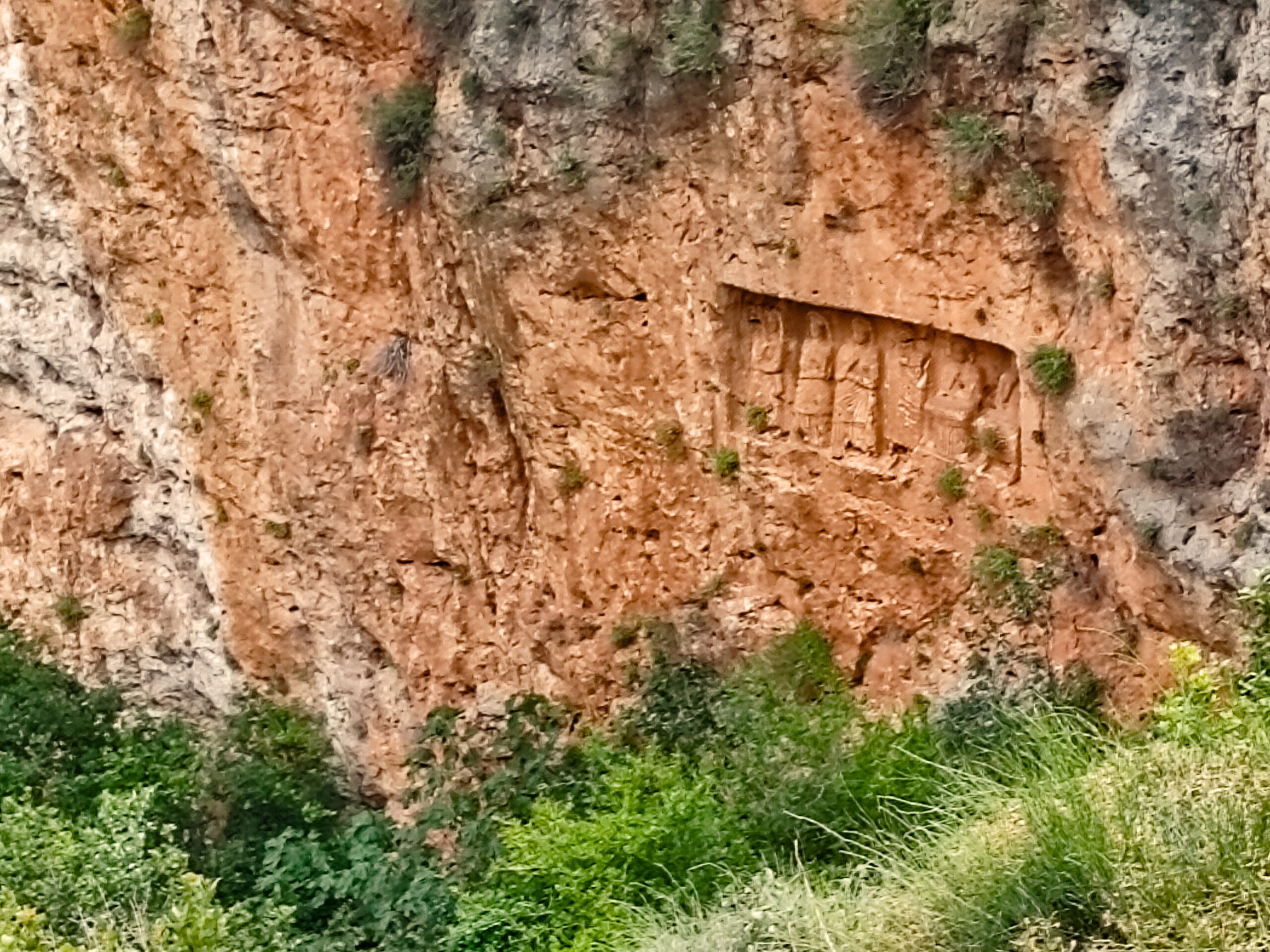
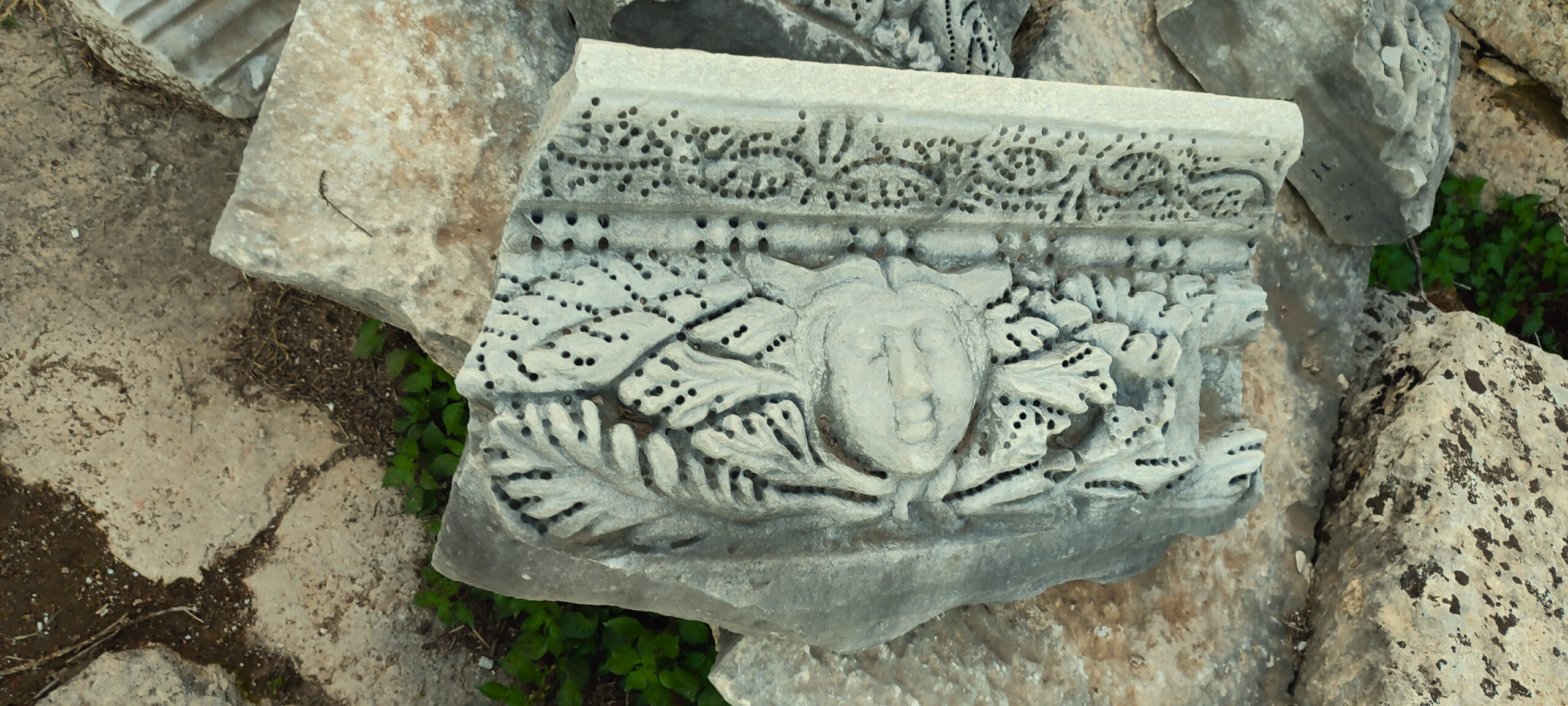

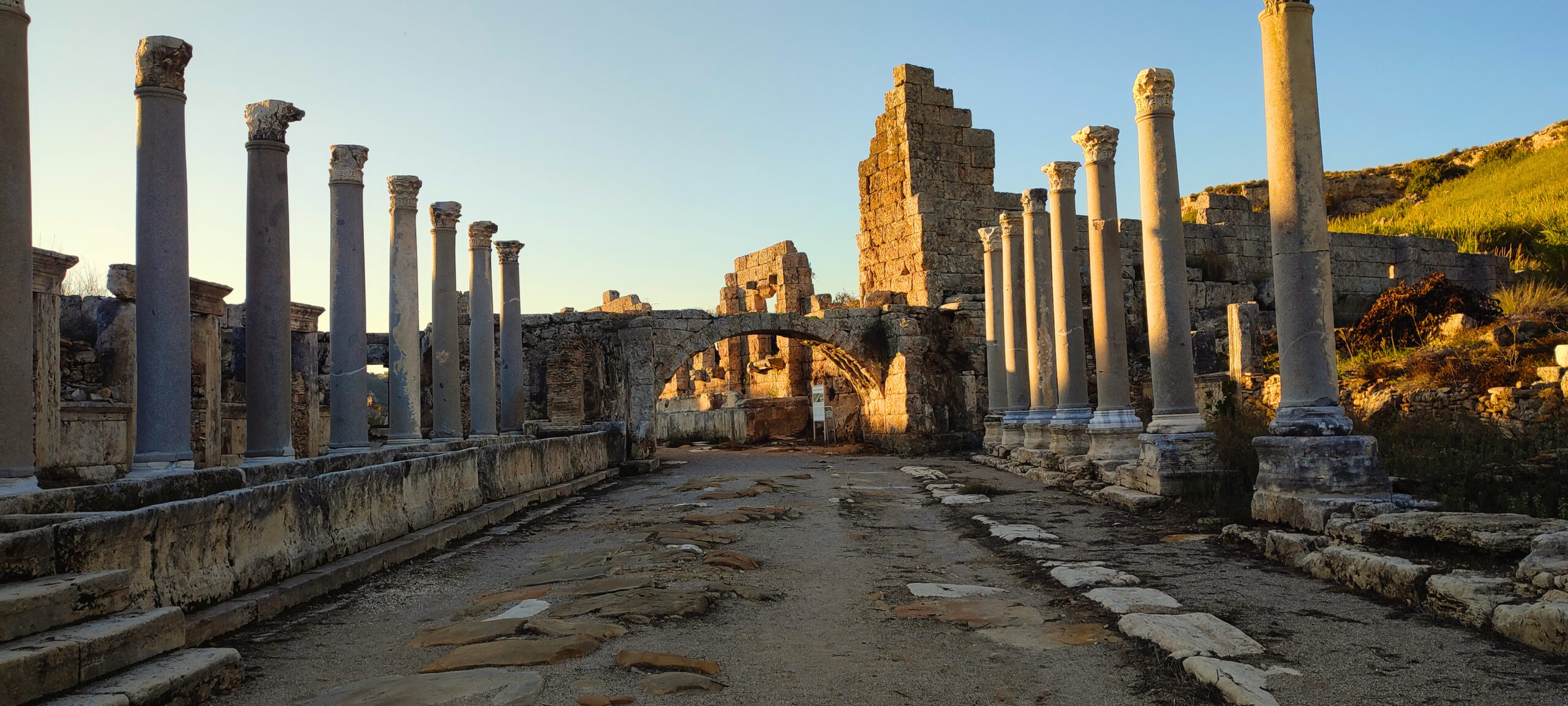
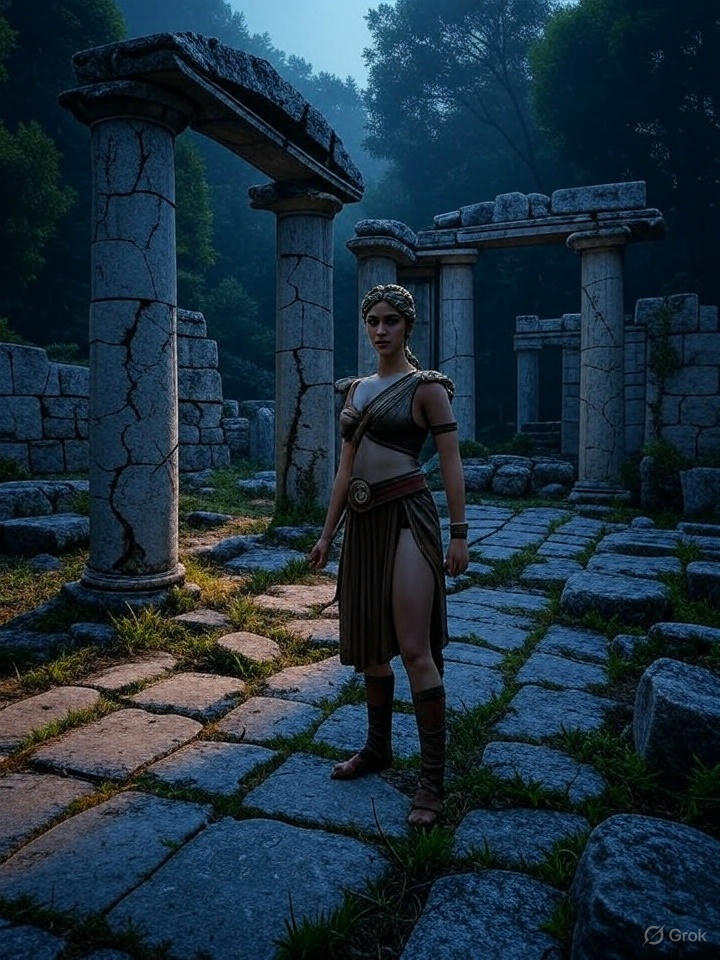

Leave a Reply